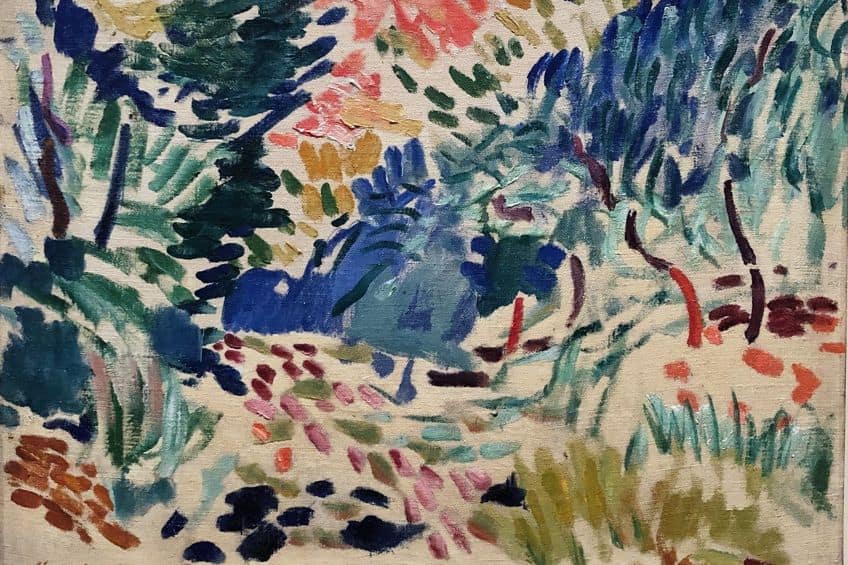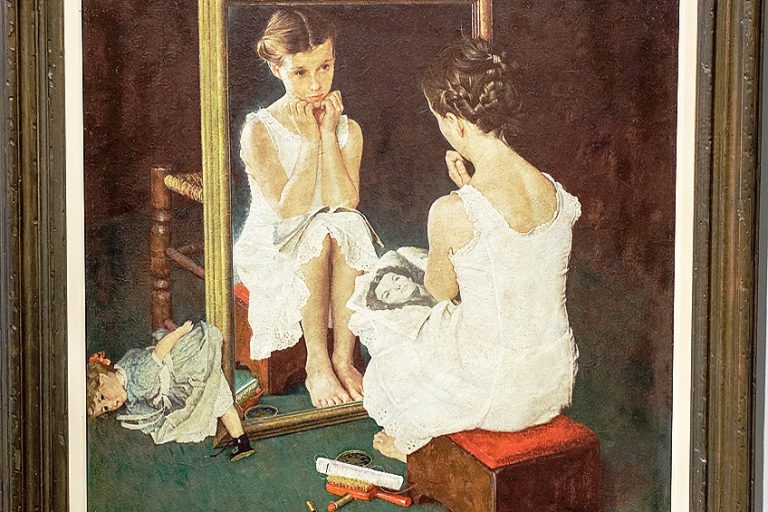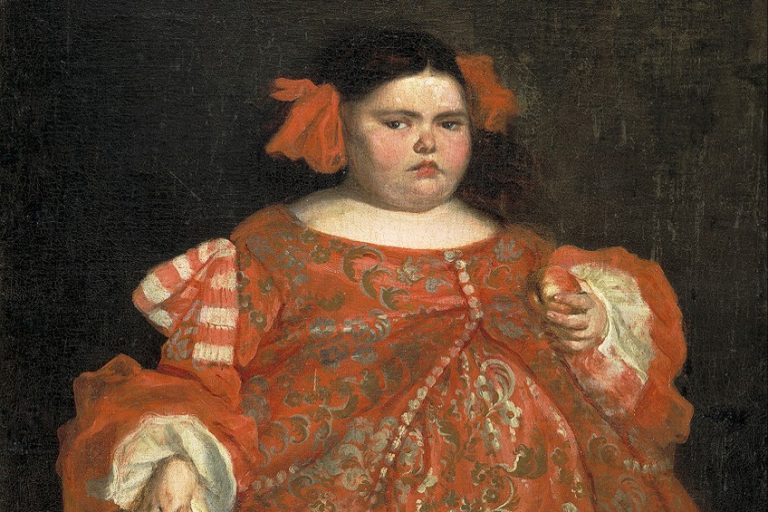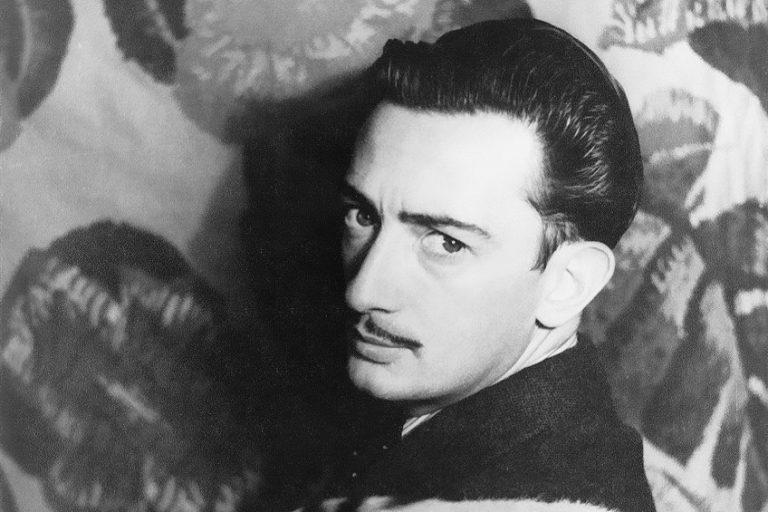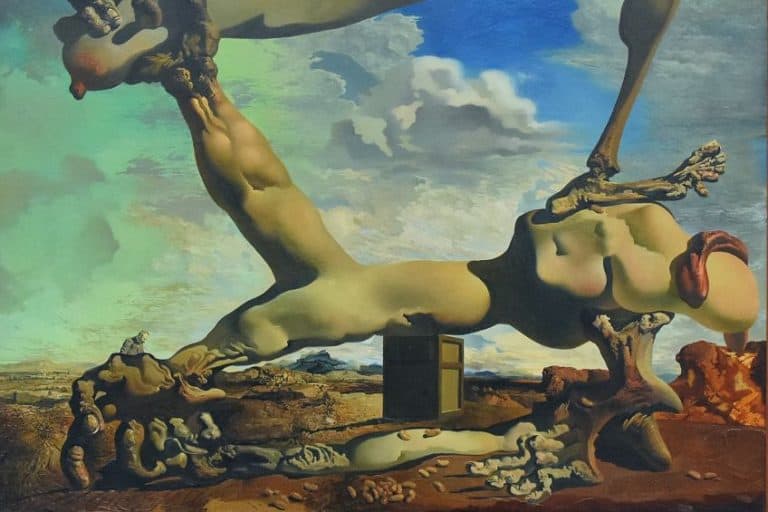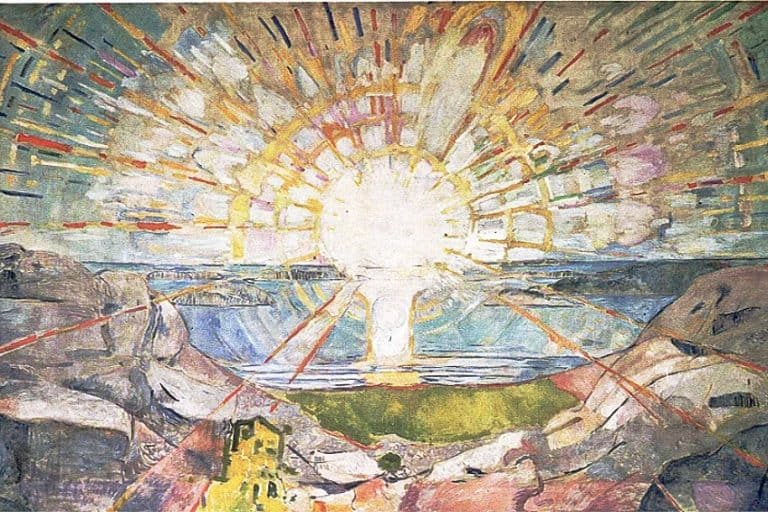“Landscape at Collioure” by Henri Matisse – An Analysis
Landscape at Collioure, painted by Henri Matisse in 1905, stands as a vibrant testament to the artist’s revolutionary approach to color and form. Set against the picturesque backdrop of Collioure, a quaint Mediterranean town in France, Matisse’s masterpiece captures the essence of the landscape with bold, expressive strokes and a kaleidoscope of hues. This seminal work marks a pivotal moment in the development of Fauvism, a movement characterized by its vivid palette and emotive brushwork. Through an exploration of Landscape at Collioure, one delves into Matisse’s innovative use of color as a means of transcending representational boundaries and evoking profound emotional resonance within the viewer.
Key Takeaways
- Landscape at Collioure is a pioneering work by Henri Matisse dating back to the Fauvist movement of 1905.
- The painting is noted for Matisse’s distinctive use of color and form, which signified a shift in his artistic approach.
- The artwork’s enduring influence is evidenced by its presence in major contemporary art discussions and its pivotal role in Matisse’s oeuvre.
Historical Context
| Artist | Henri Matisse (1869 – 1954) |
| Date Created | 1905 |
| Medium | Oil on canvas |
| Genre | Fauvism |
| Period/Movement | Fauvism |
| Dimensions (cm) | 38.8 x 46.6 |
| Series/Versions | N/A |
| Where Is It Housed? | Museum of Modern Art, New York City, United States |
| What It Is Worth | Estimated to be of significant value, reflecting Matisse’s influence on modern art movements. |
Landscape at Collioure is a quintessential work by Henri Matisse, a leading figure in the Fauvist movement. Painted during the summer of 1905, the work marks a significant moment in Matisse’s career, highlighting a transition to a more instinctive and spontaneous method of painting. The oil on canvas composition was crafted in the small coastal town of Collioure in the south of France, a place that provided Matisse with new and vibrant landscapes that inspired his revolutionary approach to art.

Henri Matisse’s adoption of bold, expressive colors and simplified forms places Landscape at Collioure among the significant Fauvist works that broke away from the traditional representation of the natural world. The artwork now resides in the Museum of Modern Art in New York, where it continues to be revered for its historical importance and its impact on the trajectory of modern art. Matisse’s exploration of this landscape brought forth a new visual language that would resonate with the art movements that followed and cement his legacy as one of the most influential artists of the 20th century.
Matisse and Fauvism
In the summer of 1905, Henri Matisse found himself in Collioure, a small fishing village on the Mediterranean coast near the Spanish border. The artist embraced the vivid colors and light of the region, channeling this into his work. Fauvism, characterized by its wild brushwork and strident colors, was the movement behind Matisse’s Landscape at Collioure.
This art form challenged the conventional approach of the time, emphasizing painterly qualities and strong color over the representational or realistic values retained by Impressionism.
During this period, Matisse, along with artists like André Derain, developed a style that prioritized color as an emotional force and an independent element from the subject matter. Although Landscape at Collioure is recognized for its Fauvist approach, it distinguished itself by incorporating abstraction and broad color planes. Matisse’s work from this period laid the groundwork for future avant-garde movements and established him as a leading figure in modern art.
Summer of 1905 in Collioure
In the summer of 1905, Henri Matisse found himself in Collioure, a small Catalan fishing village. This location became a pivotal setting for his art-making. It was there he painted Landscape at Collioure, marking a significant period in his career. During this period, Matisse’s landscapes took on a vivid and untamed aesthetic, characterized by bold brushstrokes and a dramatic use of color.
John Elderfield, a Matisse scholar, noted that the works from this summer were “wilder, more reckless than any subsequently produced in his career.”

Matisse, who was already establishing himself as a leader of Fauvism, painted with a freedom and an intensity inspired by the bright Mediterranean light and the picturesque surroundings of Collioure. The coast’s natural beauty and the distinct colors of Southern France are captured by his brush in what is considered a definitive Fauvist work. Matisse’s time spent in Collioure, along with his fellow artist André Derain, is often revered as the origin of Fauvism, a movement that prioritized color over realistic representation.
This piece from Collioure underlines the revolutionary artistic developments of that summer, solidifying Matisse’s legacy within modern art.
Formal Analysis
This section provides a focused examination of the visual elements and techniques of Landscape at Collioure. Henri Matisse’s approach to color and brushwork, his artistic technique, and the distinctive style of his painting in the summer of 1905 are analyzed.

Color and Brushwork
In Landscape at Collioure, Matisse employs a vibrant color palette that reflects his Fauvist tendencies. Bold, unmodulated colors dominate the canvas, as Matisse moved away from the traditional use of color to depict shadow and light, instead using it to convey emotion.
The brushstrokes are direct and visible, applied with tubes of oil paint, thereby preserving the energetic and impulsive character of Matisse’s artistic expression.

Artistic Technique
The technique Matisse applied in this landscape is marked by spontaneity and the use of unprimed canvas. By opting not to prime the canvas, the oil paint’s interaction with the raw material contributes a unique texture and absorption rate, which directly affects the vibrancy of the paint’s appearance.
Additionally, Matisse’s installation of color contrasts and flat, decorative patterns marks a break from the precise and modeled forms found in traditional landscapes.

Style of Painting
Landscape at Collioure represents a significant transition in style for Matisse, created during the summer of 1905, placing it within the Fauvist movement period. The painting eschews detailed representation for abstraction, with form and space being suggested through the juxtaposition of color rather than defined by line. This painting technique simplifies shapes and forms, thus emphasizing the flatness of the canvas.
This was a hallmark of Fauvism that would greatly influence the trajectory of modern art.

Provenance and Legacy
Landscape at Collioure is a vivid oil-on-canvas painting by Henri Matisse, representing his explorative work during the Fauvism period. After its creation in the summer of 1905, the painting’s journey led it to become part of the prestigious collection at the Museum of Modern Art (MoMA) in New York City. The artwork’s provenance is well-documented through MoMA’s Provenance Research Project. The painting was bequeathed to MoMA by Louise Reinhardt Smith, a notable patron of the arts and supporter of the museum’s collection.
Her legacy extends through her generous bequest, enriching the museum’s repertoire with this and other significant artworks.

Since its inclusion, the painting has impacted visitors and scholars alike, allowing a deeper insight into Matisse’s evolution as an artist. Its abstract forms and vivid colors exemplify the qualities that define Fauvist aesthetics. The painting’s legacy is intertwined with its influence on modern art, reflecting Matisse’s pioneering move towards abstraction. The collection at MoMA continues to offer a window into this transformative period, with Landscape at Collioure sitting among other masterpieces by Matisse, such as The Young Sailor II. These works collectively showcase not only Matisse’s masterful command of form and color but also the experimental spirit that defined early 20th-century art movements. The enduring influence of Matisse’s work from this period is a testament to his impact on the trajectory of contemporary art.
Impact on Contemporary Art
Henri Matisse’s Landscape at Collioure has been an influential piece within the realm of modern art. Painted during the summer of 1905, it is a prime example of Matisse’s Fauvist style, which was characterized by its bold use of color and dynamic brushwork. This painting was part of a revolutionary movement where artists began to use color as an independent element to construct their compositions. The piece is known for its departure from traditional representations of landscapes, giving it a special place in the history of art.
The use of vivid, unnatural colors contributed to a new freedom in artistic expression, while direct and spontaneous brushstrokes signaled a departure from meticulous planning toward more instinctive painting.
Contemporary artists have drawn inspiration from Matisse’s innovative style, exploring similar avenues of abstract expression and emotional resonance through color. The Fauvist influence can be seen in the development of numerous art movements, from Abstract Expressionism to Color Field painting. Artists like Mark Rothko and Willem de Kooning, for example, have echoed Matisse’s emphasis on color and abstract representation in their works.

The bold experimentation found in Landscape at Collioure challenged the established norms and encouraged subsequent generations to view art as a personal, visceral experience. Its legacy is the enduring acceptance of nonrepresentational art forms in the mainstream art world, validating abstraction as a powerful means of artistic communication.
Landscape at Collioure by Henri Matisse stands as a timeless testament to the artist’s mastery of color and form. Through its bold and innovative use of vibrant hues and dynamic brushwork, Matisse transforms a simple Mediterranean landscape into a vivid symphony of light and emotion. The painting not only exemplifies the principles of Fauvism but also invites viewers into a world where reality is distilled through the lens of subjective experience. As one contemplates the rich layers of meaning embedded within Landscape at Collioure, it becomes evident that Matisse’s enduring masterpiece continues to captivate and inspire audiences, inviting them to explore the boundless possibilities of artistic expression.
Frequently Asked Questions
What Period of Henri Matisse’s Career Does Landscape at Collioure Belong To?
Landscape at Collioure is a significant work from Henri Matisse’s early career, specifically created in the summer of 1905. This was a pivotal moment when Matisse began exploring bolder styles and techniques which would lead to the emergence of Fauvism.
How Does Landscape at Collioure Reflect the Characteristics of Fauvism?
The painting showcases the quintessential traits of Fauvism through its vibrant, unmodulated color and simplified forms. Matisse’s use of direct brushstrokes and his choice to leave the canvas unprimed contribute to the piece’s raw and dynamic quality, both representative of the Fauve movement.
Isabella studied at the University of Cape Town in South Africa and graduated with a Bachelor of Arts majoring in English Literature & Language and Psychology. Throughout her undergraduate years, she took Art History as an additional subject and absolutely loved it. Building on from her art history knowledge that began in high school, art has always been a particular area of fascination for her. From learning about artworks previously unknown to her, or sharpening her existing understanding of specific works, the ability to continue learning within this interesting sphere excites her greatly.
Her focal points of interest in art history encompass profiling specific artists and art movements, as it is these areas where she is able to really dig deep into the rich narrative of the art world. Additionally, she particularly enjoys exploring the different artistic styles of the 20th century, as well as the important impact that female artists have had on the development of art history.
Learn more about Isabella Meyer and the Art in Context Team.
Cite this Article
Isabella, Meyer, ““Landscape at Collioure” by Henri Matisse – An Analysis.” Art in Context. February 21, 2024. URL: https://artincontext.org/landscape-at-collioure-by-henri-matisse/
Meyer, I. (2024, 21 February). “Landscape at Collioure” by Henri Matisse – An Analysis. Art in Context. https://artincontext.org/landscape-at-collioure-by-henri-matisse/
Meyer, Isabella. ““Landscape at Collioure” by Henri Matisse – An Analysis.” Art in Context, February 21, 2024. https://artincontext.org/landscape-at-collioure-by-henri-matisse/.


